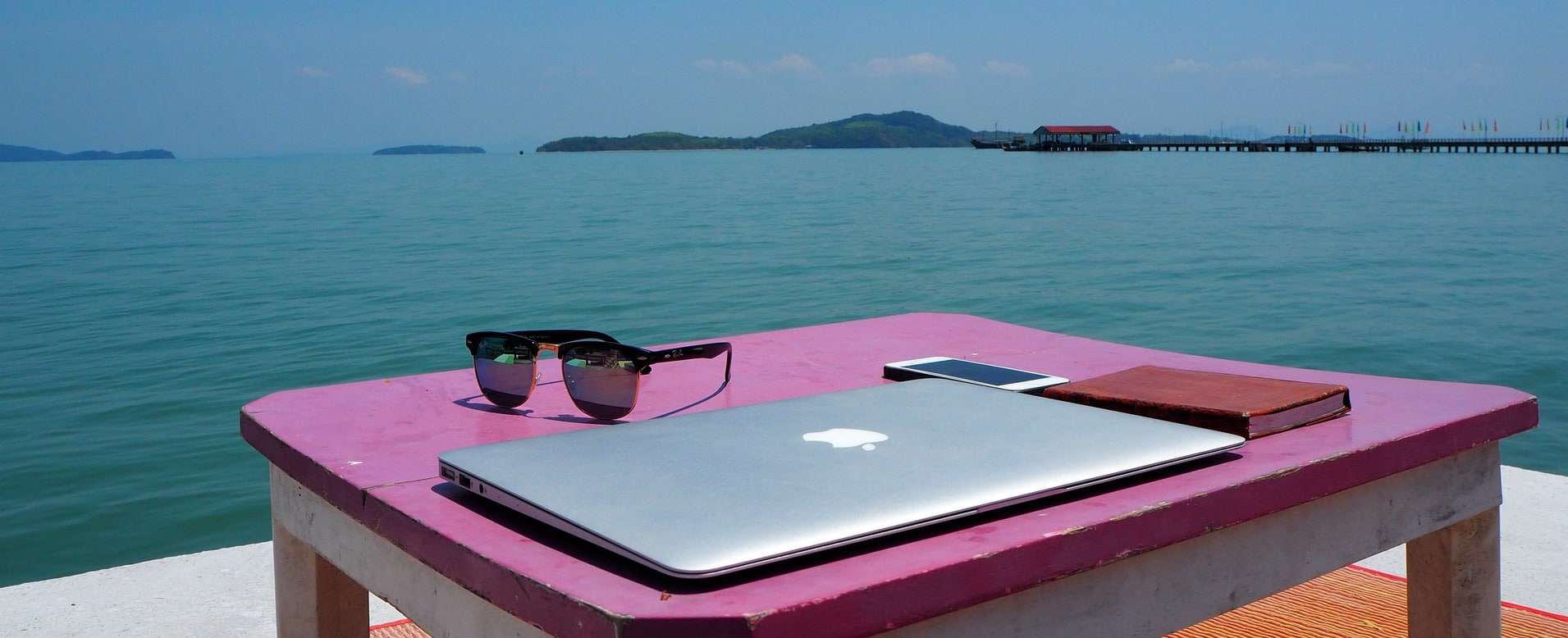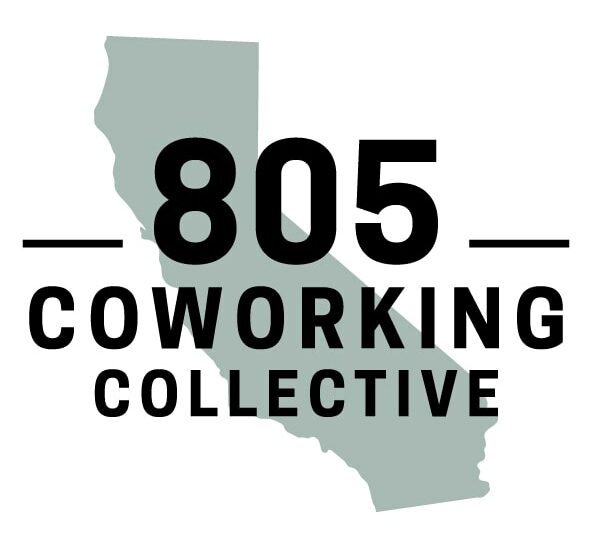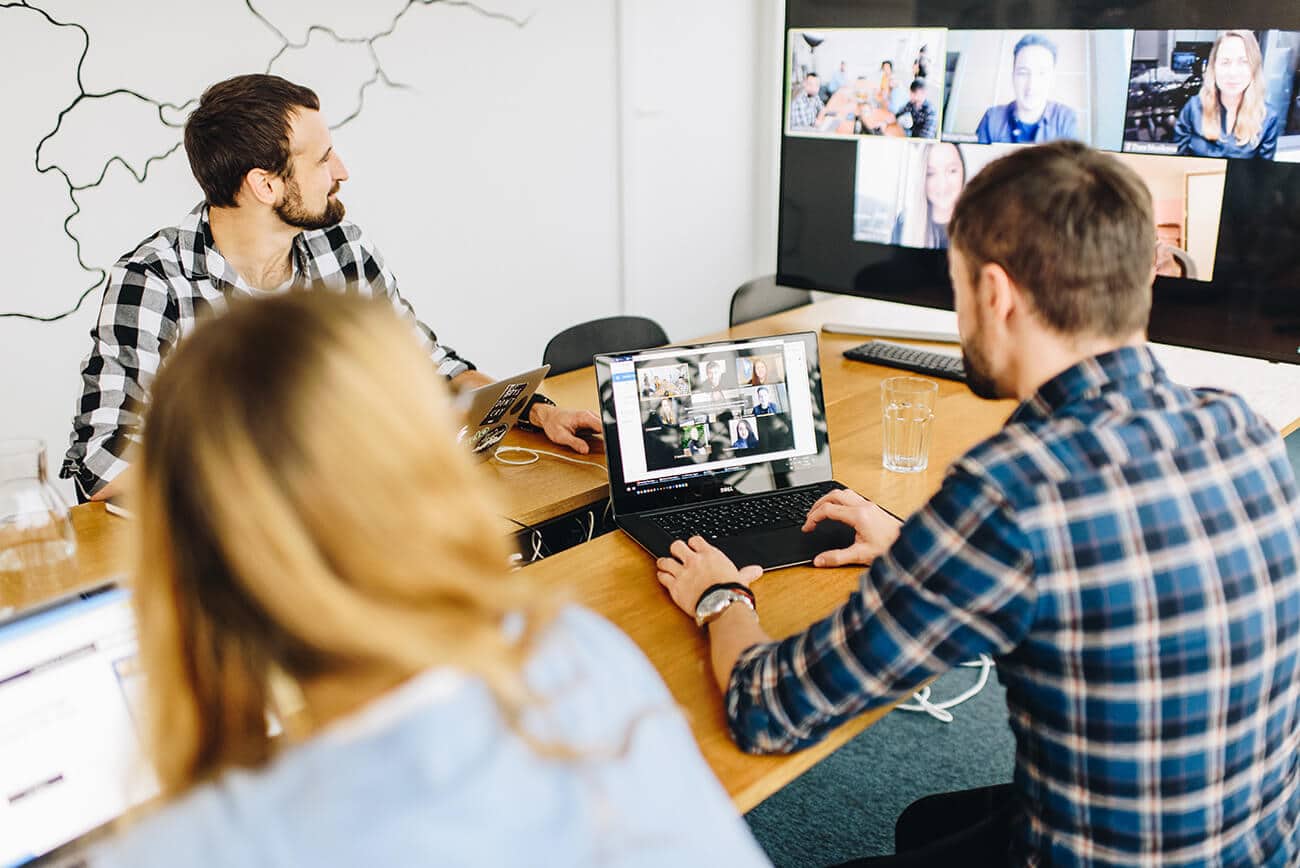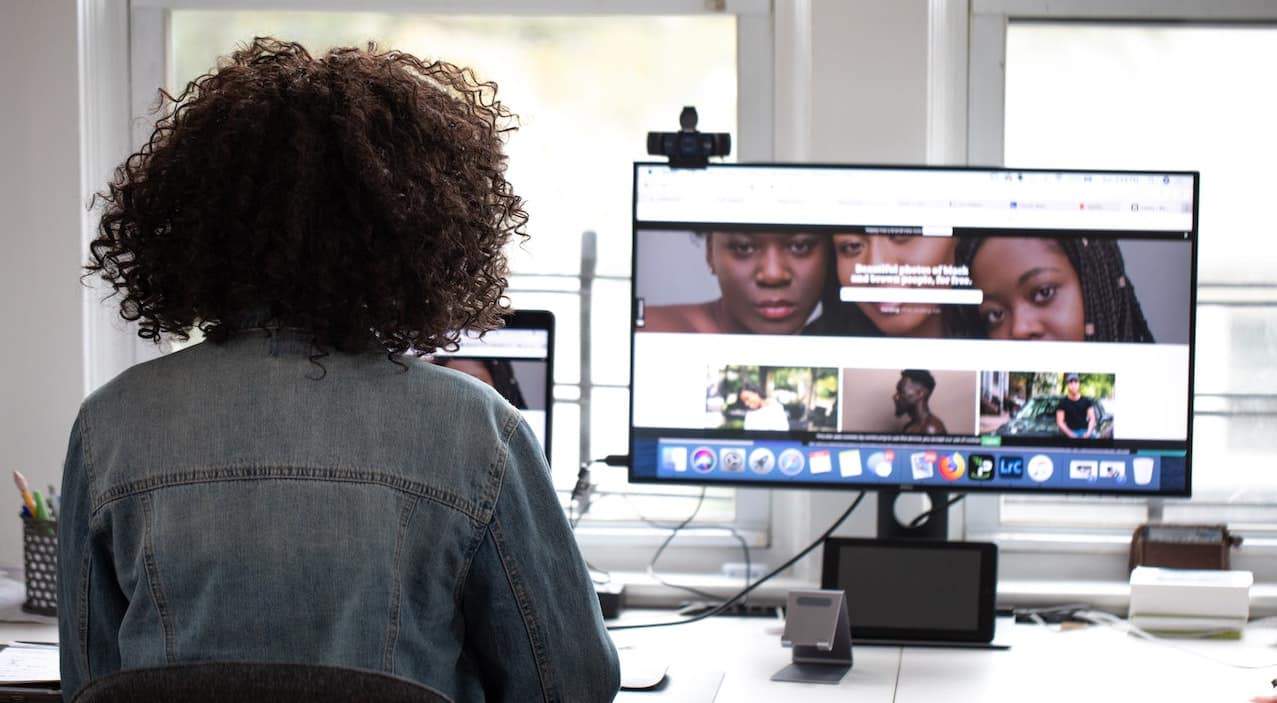Author: Aaron Velasquez
As the past year and a half has highlighted, “going to work” no longer implies a specific, fixed geographical location. “The office” can be anywhere from your living room, to a business complex, to a pool-side lounge chair at a hotel. According to a 2021 report by Buffer, about 45% of US workers are currently fully remote, up from 17% in 2019, and projections by Upwork claim that about 22% of the workforce will remain fully remote by 2025. The trend is undeniable; based on current labor force statistics, that’s a projected increase of about 8 million remote workers from 2019 to 2025. And with many white-collar workers’ commutes being replaced with a “telecommute”, comes the continual rise of “bleisure”.
What is Bleisure?
Also referred to as “bizcation” or “workation”, “bleisure” is the combination of business and leisure. While bleisure has often taken the form of tacking vacation days onto a business trip, the recent decrease of business trips and increase of work-place mobility has led to bleisure in the form of simultaneous remote-work/vacation trips. For example, a week long trip to Santa Barbara where one works during the day and then clocks out to enjoy their vacation away from home. This trend is illustrated by a recent Noozhawk interview with Bill Bradford, the General Manager of the Upham Hotel in Santa Barbara, who stated that the hotel is shifting away from their traditional market of business groups and focusing more on leisure guests.
“Bleisure” is the combination of business and leisure.
Who are Bleisure Travelers?
A 2017 study by SAP Concur found that, while Millennials appear to be the majority of bleisure travelers (38%), Baby Boomers and Generation X’ers each make up nearly a third of bleisure travelers (31% respectively). This shows that the idea of combining work and play is not limited to a singular age group and has large appeal. Work-life balance has become a hot topic in the ever-changing workplace and bleisure is another advancement in the workforce trying to find the equilibrium amongst the two.
Problems and Solutions to Bleisure Travel
While the increase in flexible, remote work has many benefits, the strong connection between work and personal life can also have its pitfalls. Two of the biggest struggles cited by remote workers in the Buffer survey are the inability to unplug after work and distractions at home; both of which can stymie one’s bleisure time and stem from the lack of disconnect between “the office” and your living space. To combat this new blending of work and play, why not physically separate where you work and where you play? We tell students to go to the library when they study to mentally keep their schoolwork separate, so why would that advice no longer apply once out of school? Separating home and work life has been shown to increase productivity and employee wellbeing while decreasing burnout and stress.
Now while you could go to a coffee shop, hotel lobby, or picnic table to do your work, these types of public places often simply propagate the distractions that originally led you to seek a workspace in the first place. And here enters the co-working office, a space specifically designed for remote workers to separate their business lives from their personal lives in a distraction free environment. Regardless of your hotel’s lack of workspace, your children’s incessant tomfoolery, or the ruckus of the local public, a co-working space can offer a simple solution to these common obstacles in the way of having a truly productive bleisure trip.
So next time you take a workcation, consider truly taking a break from working at home and physically separate your workspace from your vacation space. And if your bleisure trip happens to be in the Santa Barbara area, stop by Workzones and see just how productive you can be when you take your work as seriously as your play.





